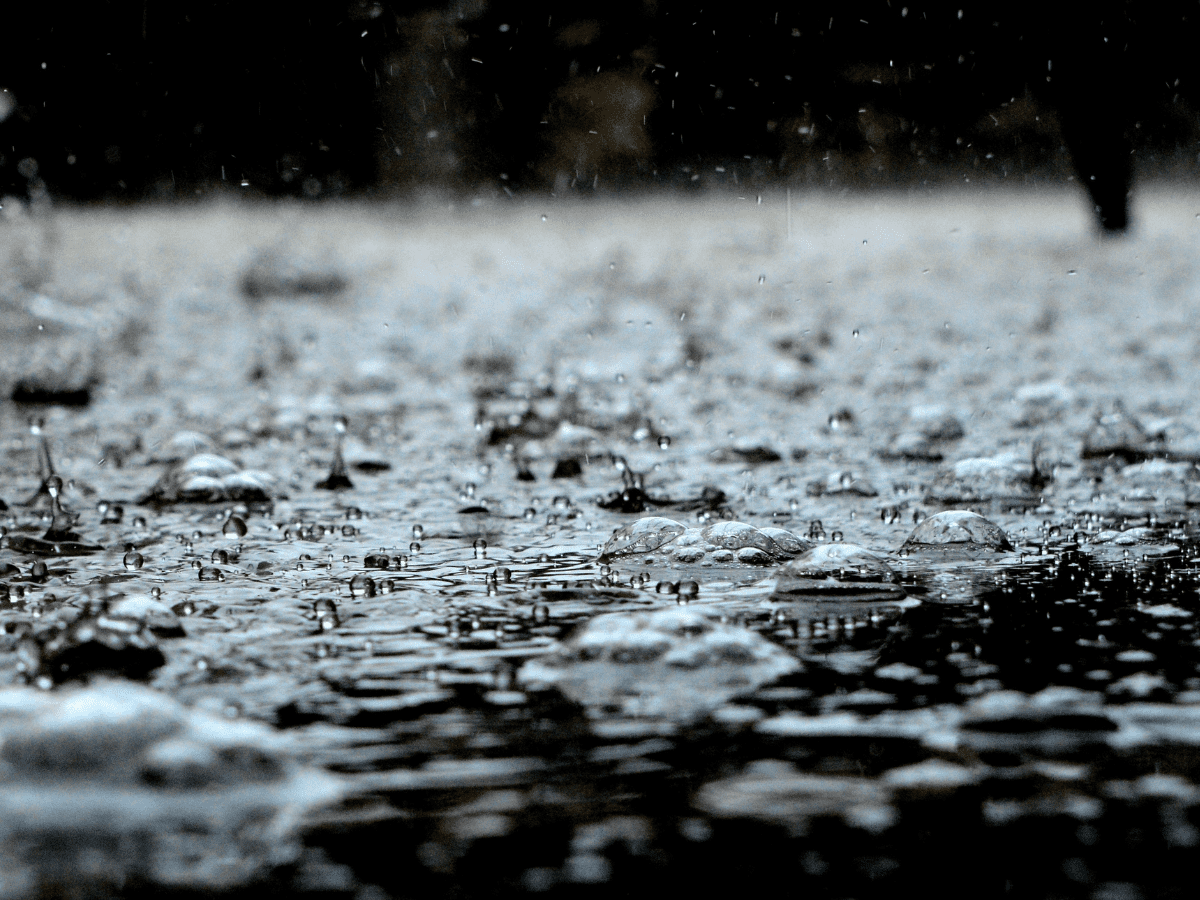
Hyderabad: Telangana’s groundwater exploitation has dropped from 50 percent to 42 percent, according to the latest monthly data of the Telangana State Ground Water level Scenario Note and statement Report for the month of September-2022.
The safe category includes up to 83 percent of the mandals in the state. Groundwater resources that can be extracted annually total 19,251 million cubic metres (mcm), and 8009 mcm of groundwater are actually extracted each year for all uses.
Since the state’s founding, there has been a 29 percent decrease in groundwater extraction overall. According to the Telangana Ground Water Department, the quality of groundwater has improved as a result of a significant decrease in the quantity of total dissolved solids, fluoride, and nitrate.
Thirty-one districts namely Suryapet, Sangareddy, Hyderabad, Warangal, Vikarabad, Kamareddy, Hanumakonda, Medak, Nagarkurnool, Mahabubabad, Wanaparthy, Jogulamba(Gadwal), Yadadri, Bhadradri, Adilabad, Medchal, Jangaon, Rangareddy, Mancherial, Mahabubnagar, Peddapally, Siddipet, Sircilla, Mulugu, Narayanpet, Kumuram Bheem, Bhupalpally, Karimnagar, Nirmal, Nizamabad and Jagityal districts received excess rainfall (20 percent to 84 percent) and remaining two districts received normal rainfall i.e., Khammam (10 percent) and Nalgonda (18 percent).
With the assistance of the Commissioner of Industries and Commissioner of Rural Development Department, the department created an online application for permissions for new borewells for a variety of purposes under ease of doing business (EODB) through the TS-i-PASS website (http://ipass.telangana.gov.in).
Following the creation of Telangana state, the average groundwater levels in the state are examined in relation to rainfall. Pre-monsoon groundwater levels in the state typically range from 13.27 metres below ground level (m bgl) in 2015 to 9.01 m bgl in 2022, suggesting an increase of 4.26 metres over the previous seven years.
Two times a year, in the pre-monsoon season (May) and the post-monsoon season, established wells are used to evaluate the groundwater quality for its suitability for drinking and irrigation (November).
The department is conducting a number of different sorts of investigations for the Bhoopampini, Girivikasam, WALTA surveys, Jal Shakti Abhiyan, sand mining, and lift irrigation schemes, among other programmes. 6,615 hectares of land have been brought under irrigation by the construction of bore wells or tube wells at approximately 2,885 sites.
